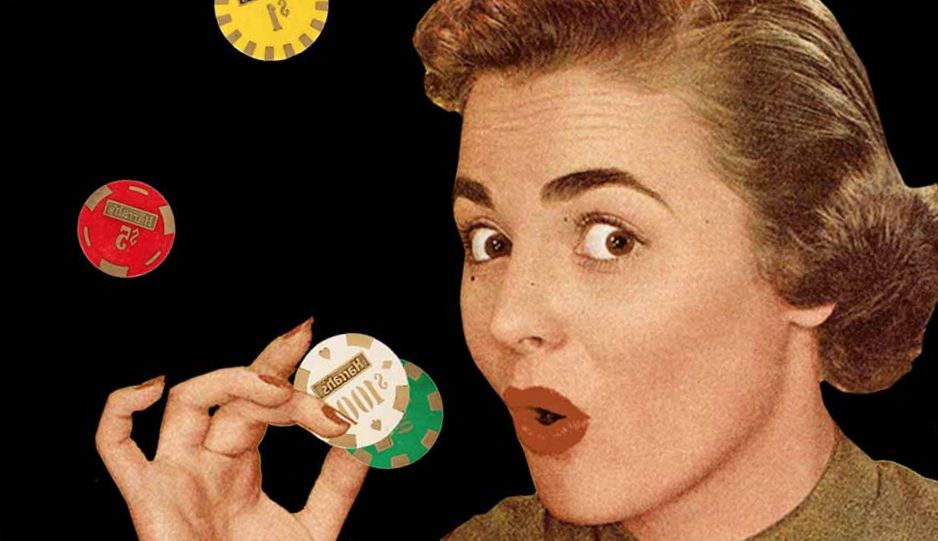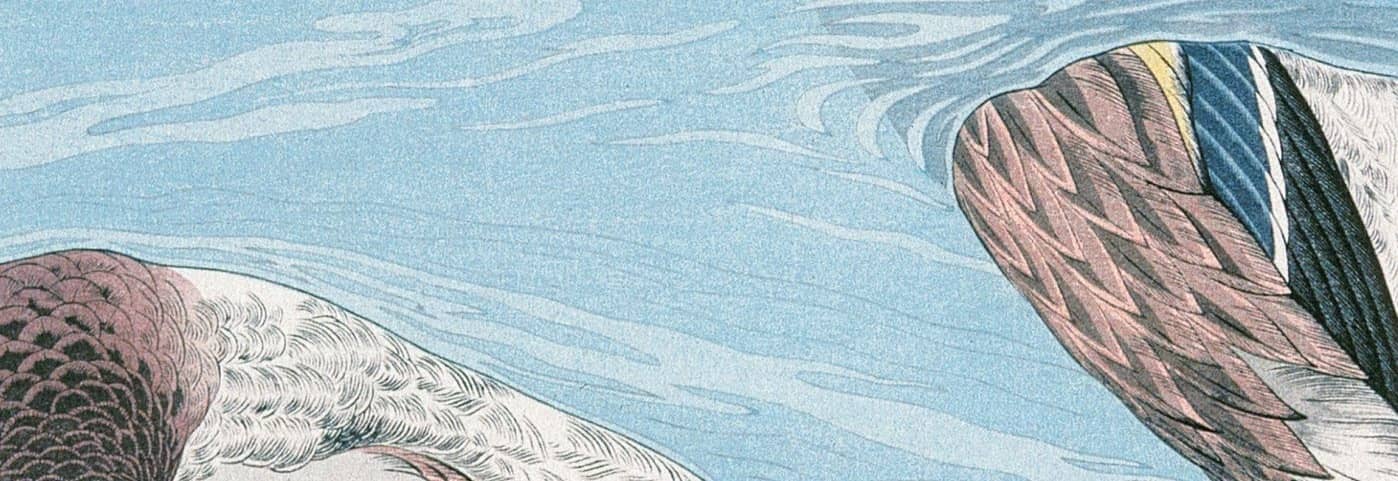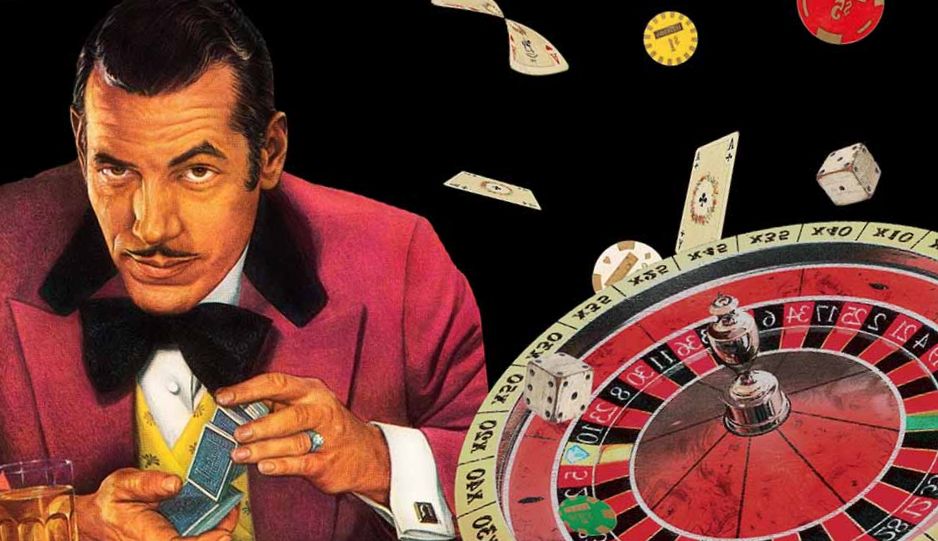The history of gambling in Indo-European countries is not a hackneyed and rather unknown topic.
If we consider gambling in Indo-European countries, we must first of all clarify for ourselves what modern and ancient peoples belong to Indo-Europeans, referring to the indo-european etymological dictionary.
They are Armenians, Balts, Germans, Greeks, Illyrians, Indians, Iranians, Italics, Celts, Slavs, Tocharians, Thracians, Phrygians and Hittites. All nationalities have their own history of language origin, as well as the history of the emergence of gambling.

If we turn to etymology, on which this resource is based, for example, an etymological lexicon of proto-celtic in Celtic was created a hundred years later, and summarized the work of several generations of Celtic scholars. The dictionary contains a reconstructed lexicon of proto-Celtic with about 1,500 entries. And among the entries there are mentions related to gambling. Similarly, we can consider the history of the origin of gambling among the Celts. Surely some of the old-timers now remember the slot machine Celtic Crown from Microgaming, which shows the presence of historical facts and traces of Celtic gaming themes.

Nowadays, the Indo-Europeans are considered to be on the basis of language, 5 thousand years ago it was a group of genetically related peoples. This direction and the etymology of the lexicon and gambling were picked up in the research by scientists and students in university of Leiden database. The University of Leiden is the oldest university in the Netherlands. It is part of the Coimbra Group, the Europaeum and the League of European Research Universities.

Gambling and Entertainment of the Indo-European Peoples
Germanic entertainment was very similar to that of the Celtic peoples–feasts, music, dancing, and gambling. One entertainment, more like a spectator sport, consisted of naked young men dancing among swords and spears.
Of course, in those days, there was no actual territory of the Netherlands yet, nor could anyone even a bit imagine the Internet’s existence. So, there were certainly no such reliable online casino Netherlands platforms to gamble on, and ancient gambling took, as a rule, forms greatly differing from the contemporary ones.
Dice gambling was a favorite pastime of many barbarians, especially combatants. In the rich tombs of the late Roman Iron Age dice are often found. They do not differ in any way from the dice used by the Celts and Romans and still in use today; the sum of the points on opposite sides of the die is seven. Undoubtedly, the Germans adopted this game from the Celts in Central Europe.
The Germanic peoples who lived near the mouth of the Elbe, and later the Franks and Alamanni, practiced the game with chips on a cage board.
Subsequently, going into the Middle Ages, chess and dice games became such a common pastime of the nobility and the military that the games are considered pernicious, and they gradually began to be banned in Central European countries.
Then cards began to appear. Paintings of “naibis” were published; they are reproduced in anonymous engravings attributed to the artist Andrea Mantegna. It refers to the end of the fourteenth century in Italy.
A Venetian, looking at the drawings, thought “Why not invent a game which, without excluding chance, may not depend entirely on that chance, like dice, is less serious than chess, less noisy and more portable than the tritrack, but will require, like the above games, unremitting attention, calmness and reflection…?”
Ever since cards were created using wood engravings, they have gradually spread and supplanted both the game of dice and even the game of tablets and chess. Cards allow many (up to infinity) combinations and do not limit the number of participants in the game, while tablets or chess can only be played by two. Therefore, both the upper class and the social lower classes preferred cards; and dice games fell into disfavor.
As for the Balts, these folk were quite cheerful people who invented games themselves, gathered together in companies and had as much fun as they could. Often these were word games. But it is impossible not to mention the sports games between each other, which later acquired a special character – competition. The contest was between two athletes or small teams, which later acquired a special character in the development of sports games.

The very game of dice has been known since ancient times. Prototypes of dice were found in Egypt and date back to the 20th century BC. The ancient Arabs developed the game as a continuation of the pagan tradition of divination on the dice of animals. Dice became especially popular in the Arab world during the Middle Ages, despite the fact that Islam prohibits gambling in principle. Arabic game azar is still popular in Europe under the name hazard.
Etymology and interesting facts
If we look at the etymology of the origin of the words, from Dutch or German or from French the word hasard means “chance”, “risk”. This word spread smoothly into Slavic languages of Slavic nations. In French, the word could come from Spanish or Portuguese (azar – “blind chance”). It found its way to French from Arabic, where az-zahr means “dice”.
Arabian game of dice azar is still popular in Europe under the name hazard. Gamble, “to risk something of value,” 1726 (referring to risks in gambling). It is a dialect of Middle English gammlen, a variant of gamenen – “to play, joke, have fun,” and also from Old English gamenian “to play, joke, pun,” from gamen, with a form as in fumble.
